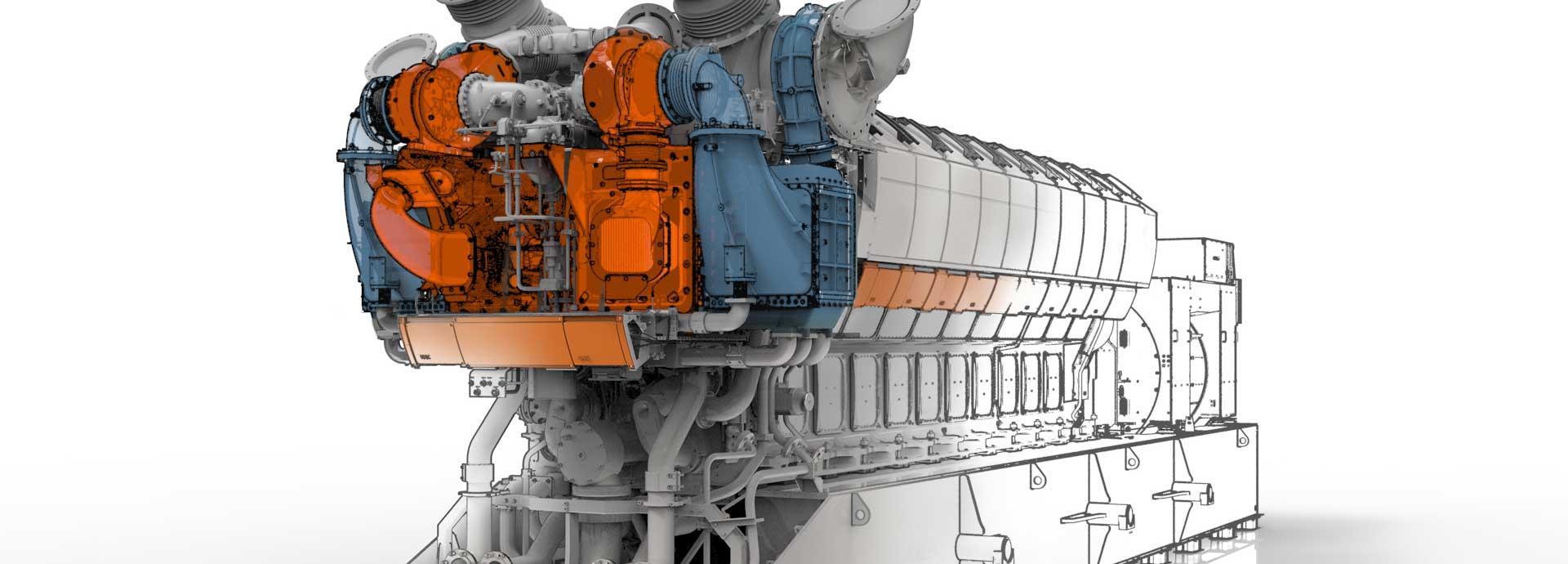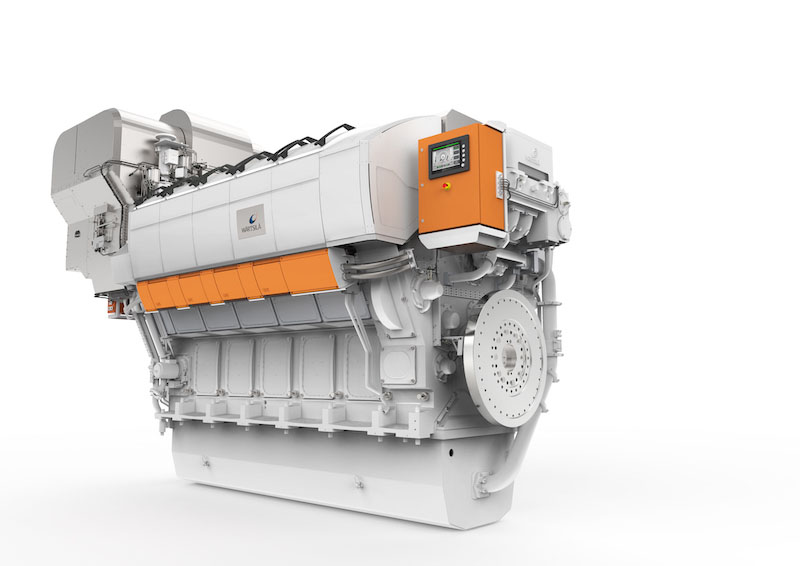

The demand for what the Guinness Book of World Records calls ‘the world’s most efficient 4-stroke engine’, the Wärtsilä 31, shows no signs of slowing down. The engine is powering ahead and the orders are climbing up.
In November last year, a Japanese shipbuilding company chose Wärtsilä 31 medium-speed engine to power two of its newest ferries. Of the many factors that favoured the company’s choice was the engine’s high levels of efficiency, uptime, and the low levels of vibration.
“These ferries will be shipping people, cars and so on between islands in Japan at high speeds in harsh waters. So they needed ferries to be powered by engines with very high reliability, and fuel efficiency,” explains Patrik Wägar, Product Director - Medium Bore, Wärtsilä Corporation.
Other vessels that will be equipped with Wärtsilä 31 include fishing trawlers like Scotland-based Lunar Fishing Company, Norway-based Peter Hepsø Rederi AS and Strand Senior AS. The engine has also seen orders from Finnish operator, Viking Line, for a luxury ferry to be built in China.
“We have 30 engines ordered for the marine side. We have seen demand for the Wärtsilä 31 from ferries like those in Japan, and also up here in the North. Soon you will also see some cruise vessels, icebreakers and merchant vessels using the engine. With the Wärtsilä 31 our focus is also on offshore. Everyone knows that the offshore market has been slow for a couple of years. When it returns to its heyday, the Wärtsilä 31 will be a key product driving it,” says Wägar.

Wärtsilä 31 is the world’s most efficient 4-stroke engine.
Efficiency is the name of the game
All the attention and demand for the Wärtsilä 31 is not for naught. For one thing, the medium-speed engine has been recognised by the Guinness Book of World Records as the ‘world’s most efficient 4-stroke engine’ based on a variety of factors. The two-stage turbocharging being one of the key factors to reach the desired efficiency.
“In order to improve the efficiency of an internal combustion engine, the combustion pressure is a key point. Currently, the standard turbochargers cannot give the boost that you need to attain efficiency. However, when you have two-stage turbocharging, with both low and high pressure chargers working in tandem, you reach the required levels. The internal combustion engine technology for the Wärtsilä 31 enables you to take these technology leaps and gain three-to-five percent better efficiency than the previous generation engines, and even more than that at part loads,” explains Wägar.
In addition, all new Wärtsilä 31 engines use electronic fuel injections, and hydraulic valve action that allow air inlet and exhaust valves to be controlled electronically.
Ship owners are also clearly eyeing the other operational benefits that can be gauged from the Wärtsilä 31 like savings on maintenance cost and downtime. In fact, reliability and uptime are key areas where the engine scores over its competitors.
“Much of the smaller maintenance is actually no longer needed thanks to the new technology we have used. The overall lifetime expectation of certain components has been extended by 50% to 100%. Therefore, the need for maintenance and the need to stop the engines for servicing is much lesser and the uptime is higher,” he adds.
Fuel flexibility for the future
With the IMO 2020 regulations looming, the engine is also being viewed as the one to weather uncertainty. Its multi-fuel capability allows it to run efficiently on diesel, gas or as a dual-fuel energy converter where conversion is made easy thanks to its modular design.
“When you invest in a vessel today you also need to look at what’s coming up in the future. If you go with an old engine design, you are limited on improving those engines when it comes to efficiency and emissions. But, with the latest generation technology, you can electronically control many of the features of the engine, adapt it to fuel requirements, emissions requirements or even optimise the engine for different operation patterns. This is very much a key driver for the Wärtsilä 31,” says Wägar.
Wärtsilä has received the first orders for the dual-fuel Wärtsilä 31 engine. It has already delivered the engines in pure gas and diesel modes.
Did you like this? Subscribe to Insights updates!
Once every six weeks, you will get the top picks – the latest and the greatest pieces – from this Insights channel by email.



